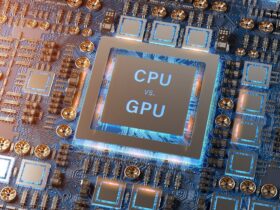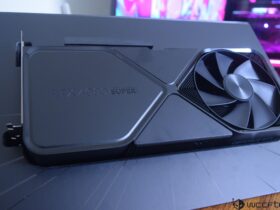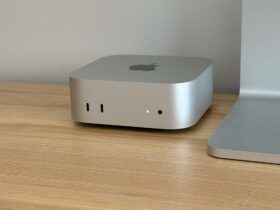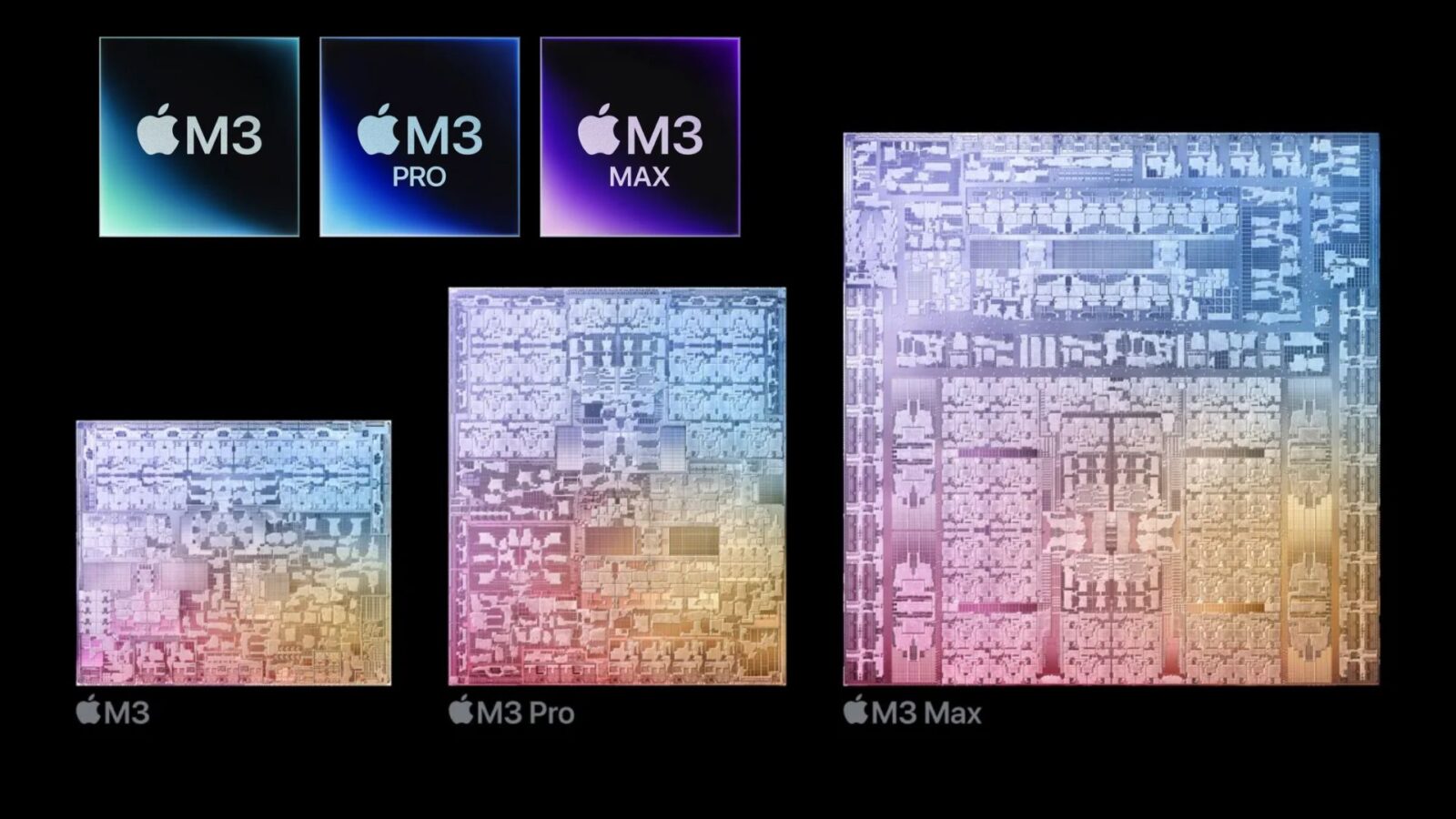Daftar Isi
Apple’s M3 series chips have made a significant impact on the tech industry, pushing the boundaries of performance and efficiency. As the latest iteration of Apple’s custom silicon, the M3 family promises groundbreaking technologies and capabilities. In this review, we delve into the architecture, features, and real-world performance of the M3 chips, exploring how they elevate the Mac experience.
The M3 Architecture: A Leap Forward
The Revolutionary M3 Architecture: Redefining Performance with 3-Nanometer Process Technology
Apple’s latest M3 series chips represent a monumental leap forward in personal computing, thanks to the groundbreaking utilization of 3-nanometer process technology. This cutting-edge advancement marks a significant milestone in chip manufacturing, ushering in a new era of enhanced speed, efficiency, and overall performance for Mac users worldwide.
Unparalleled Performance and Efficiency
By harnessing the power of 3-nanometer process technology, this chips boast a remarkable increase in transistor density. This means that more transistors can now be seamlessly integrated into a smaller space, resulting in unparalleled levels of performance and efficiency. Despite the compact size, Apple’s unwavering commitment to optimizing performance per watt ensures that users experience a seamless and energy-efficient computing experience like never before.
The M3 Family
This chip series comprises three distinct variants, each tailored to meet the diverse needs of users across the spectrum:
- M3: The standard variant of the M3 series, offering exceptional performance and capabilities suitable for a wide range of computing tasks, from everyday productivity to content creation.
- M3 Pro: Designed for professionals and power users, the M3 Pro variant takes performance to the next level with advanced features and optimizations tailored for demanding workloads and creative endeavors.
- M3 Max: Positioned as the pinnacle of the M3 lineup, the M3 Max variant pushes the boundaries of performance and innovation, delivering unmatched power and versatility for the most demanding computing tasks and intensive workflows.
Exploring the Features
Each variant of the this chip family is packed with a host of cutting-edge features and enhancements designed to elevate the user experience to new heights. From lightning-fast processing speeds to seamless multitasking capabilities, these chips empower users to accomplish more with greater efficiency and precision than ever before.
Read More: iOS 17 Review: Polished and Feature-Packed
Next-Generation GPU and Dynamic Caching
Unveiling the Next-Generation GPU and Dynamic Caching: Redefining Performance with the M3 Family
Apple’s M3 family marks a revolutionary leap forward in silicon technology, introducing a groundbreaking next-generation GPU architecture that promises to redefine performance and efficiency for Mac users. Let’s delve into the key features that set this new GPU apart:
Dynamic Caching
At the heart of this new chip’s GPU architecture lies Dynamic Caching, a groundbreaking innovation that revolutionizes memory allocation in real time. Unlike traditional GPUs that rely on static memory allocation, Dynamic Caching dynamically allocates local memory usage, optimizing resources to match the demands of the workload at hand. This intelligent approach results in significantly faster rendering speeds, with performance gains of up to 2.5 times compared to the previous generation M1 family of chips. Whether you’re editing high-resolution videos, rendering complex 3D graphics, or gaming at blistering speeds, Dynamic Caching ensures that your Mac delivers unparalleled performance and responsiveness.
Hardware-Accelerated Ray Tracing
For the first time ever, Mac users can experience the transformative power of hardware-accelerated ray tracing, thanks to the cutting-edge capabilities of this chip’s GPU. Ray tracing technology enables lifelike lighting effects, dynamic shadows, and realistic reflections, elevating visual fidelity to unprecedented levels. With hardware-accelerated ray tracing, Mac users can immerse themselves in breathtakingly realistic worlds, whether they’re exploring virtual landscapes, designing architectural marvels, or enjoying the latest blockbuster games.
Mesh Shading
In addition to hardware-accelerated ray tracing, this chip’s GPU introduces another groundbreaking feature to the Mac ecosystem: mesh shading. This innovative rendering technique optimizes the rendering pipeline by dynamically adjusting the level of detail for individual objects in a scene, enhancing performance and visual fidelity. By intelligently allocating processing power where it’s needed most, mesh shading enables smoother, more immersive experiences, whether you’re navigating complex virtual environments or creating stunning digital artwork.
The CPU performance cores are 30% faster than those in the M1, while the efficiency cores are 50% faster. The Neural Engine also sees a 60% boost compared to the M1. Additionally, these chips support AV1 decode, providing efficient and high-quality video experiences from streaming services.
In conclusion, the M3 series chips represent Apple’s commitment to innovation and performance. Whether you’re using the new MacBook Pro or iMac, this new chip family ensures a seamless and powerful computing experience.































